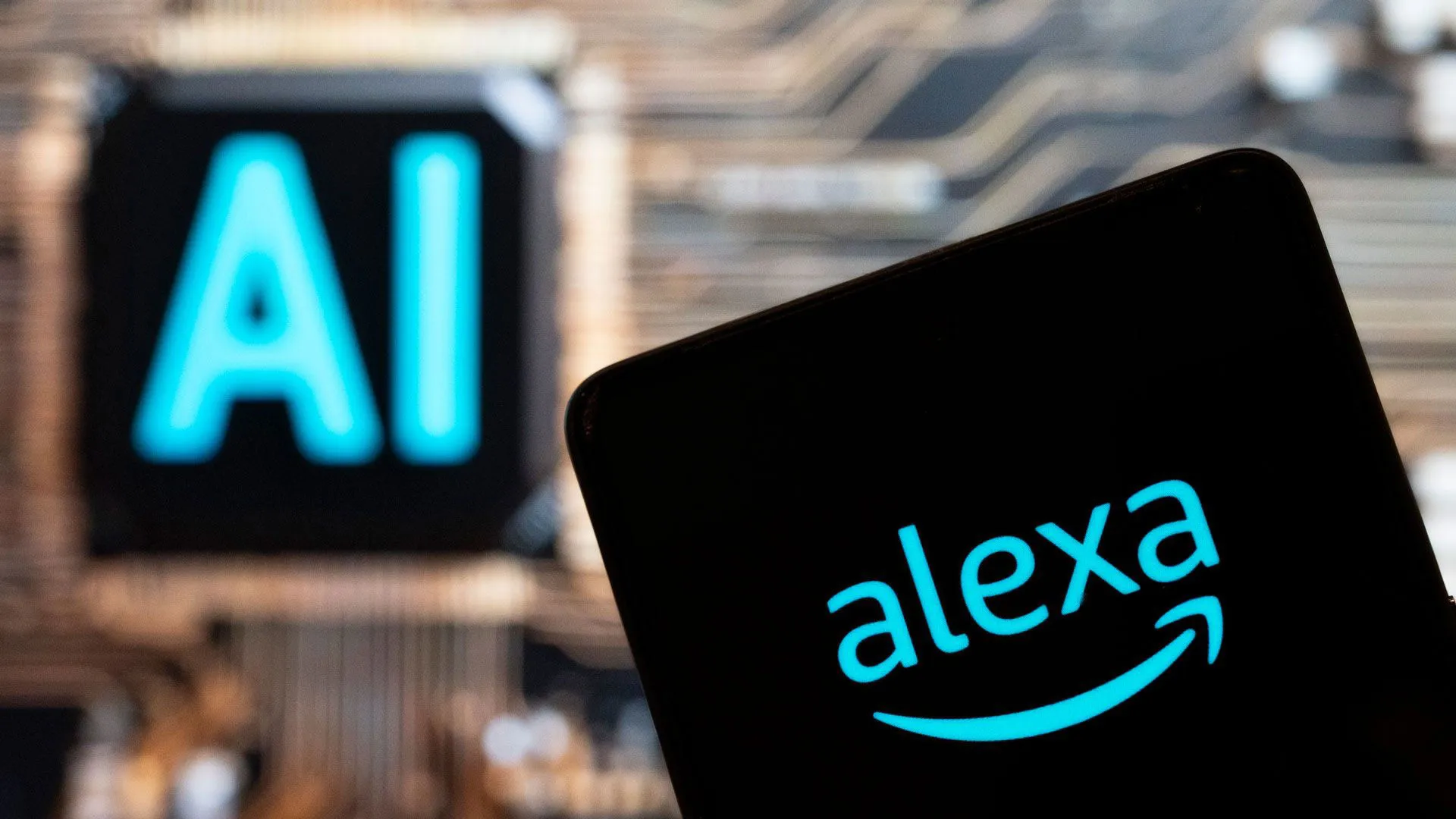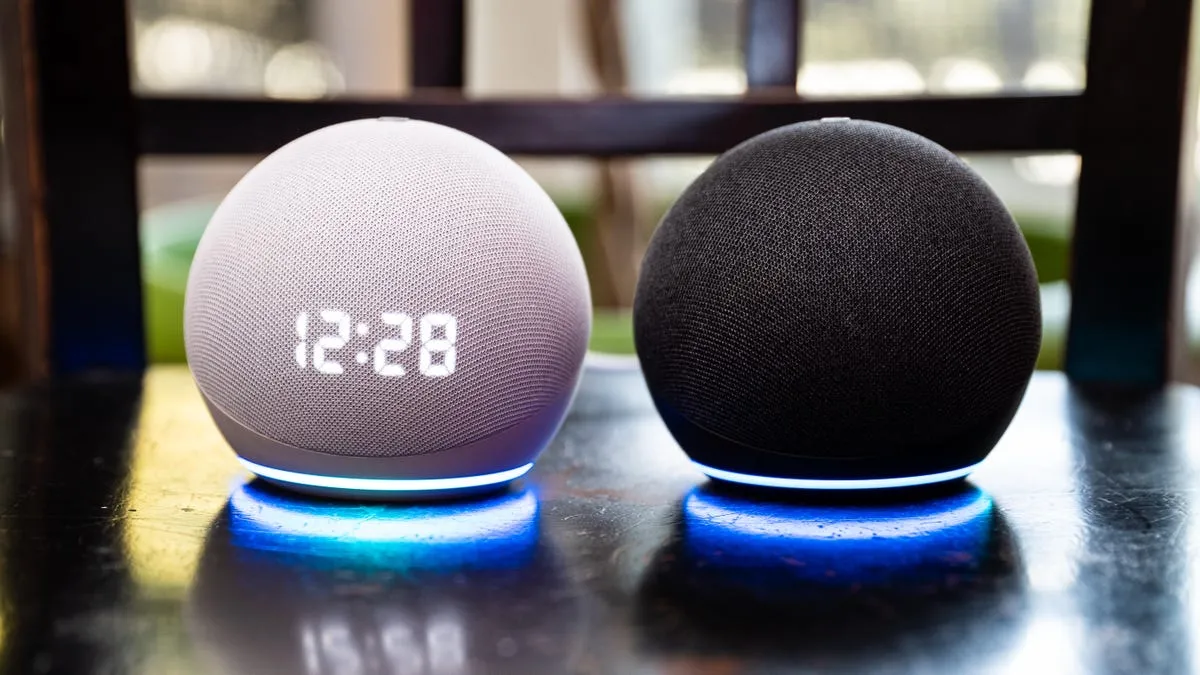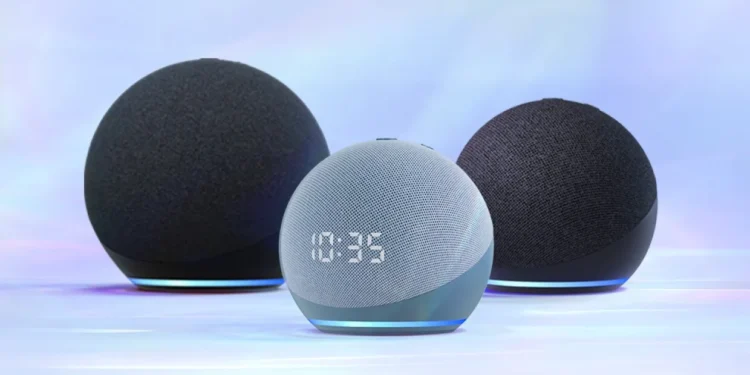Amazon, a titan in both e-commerce and technology, had stirred considerable excitement with the announcement of a revolutionary update to Alexa, set to be powered by the latest advancements in generative AI. Initially scheduled for release in October 2024, this highly anticipated version has yet to greet the world. A recent report from The Financial Times sheds light on the persistent technical challenges delaying its debut, highlighting the intricate balance of innovation and reliability in digital assistant technology.

Navigating the Pitfalls of AI “Hallucinations”
One of the primary challenges faced by Amazon’s artificial general intelligence (AGI) team is the phenomenon known as “hallucinations”—false or misleading responses generated by AI systems. These errors are more than mere glitches; they represent a significant barrier to the utility and trustworthiness of any AI-driven service. According to Rohit Prasad, the leader of Amazon’s AGI team, minimizing these errors is crucial, especially since users interact with Alexa throughout their daily routines. “Hallucinations have to be ‘close to zero’,” Prasad emphasized, acknowledging that despite intense efforts, this issue remains a stubborn obstacle across the AI industry.
The Importance of Speed and Compatibility
Beyond accuracy, Amazon also aims to enhance Alexa’s responsiveness. Users expect instantaneous feedback when they engage with the assistant, whether posing a question or commanding a task. “The latency in Alexa’s response time is a critical area we are improving,” Prasad noted, underscoring the importance of seamless interaction in user experience.

Furthermore, the integration of Alexa with a myriad of third-party applications and services is an ongoing effort. The new AI-powered Alexa, rumored to be utilizing Anthropic’s Claude AI alongside Amazon’s in-house developed Nova models, must ensure flawless compatibility with hundreds of external providers. This integration is pivotal, as it expands Alexa’s utility and appeal across a broad spectrum of tasks and services.
Monetization and Market Expectations
The future of Alexa also involves a strategic shift towards monetization, with plans to introduce a subscription model. This move is expected to open new revenue streams for Amazon but also adds a layer of complexity to the user acceptance and market penetration of the upgraded assistant.
Despite the high stakes and public anticipation, a firm release date remains elusive. According to insiders, the launch is not imminent, with numerous tests and enhancements still on the agenda. Issues like child safety filters and the reliability of Alexa’s performance in diverse scenarios are among the top priorities before the product can confidently be rolled out.

Looking Forward
As Amazon continues to iron out these formidable challenges, the tech community and consumers alike watch eagerly. The success of this endeavor could redefine the role of AI assistants in everyday life, setting new standards for interaction, reliability, and personalization in technology. For now, however, the wait continues, with the promise of a more intelligent, responsive, and dependable Alexa on the horizon.










